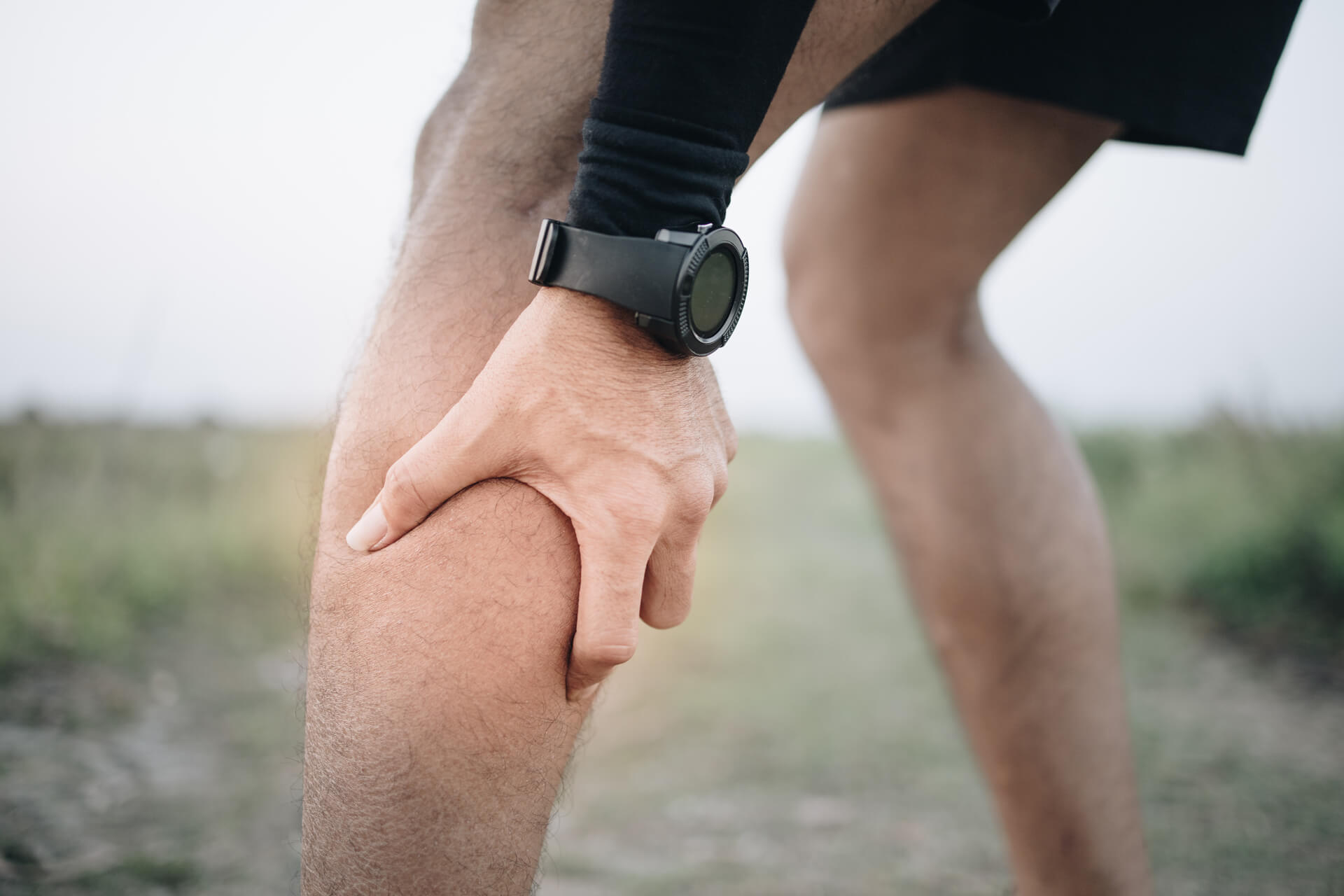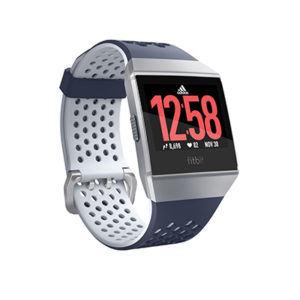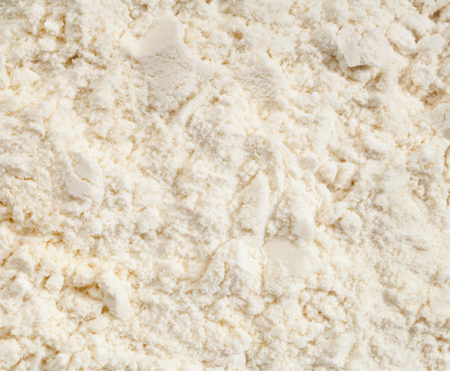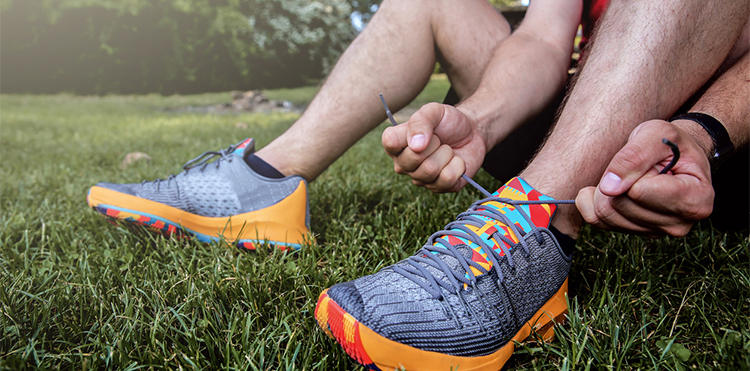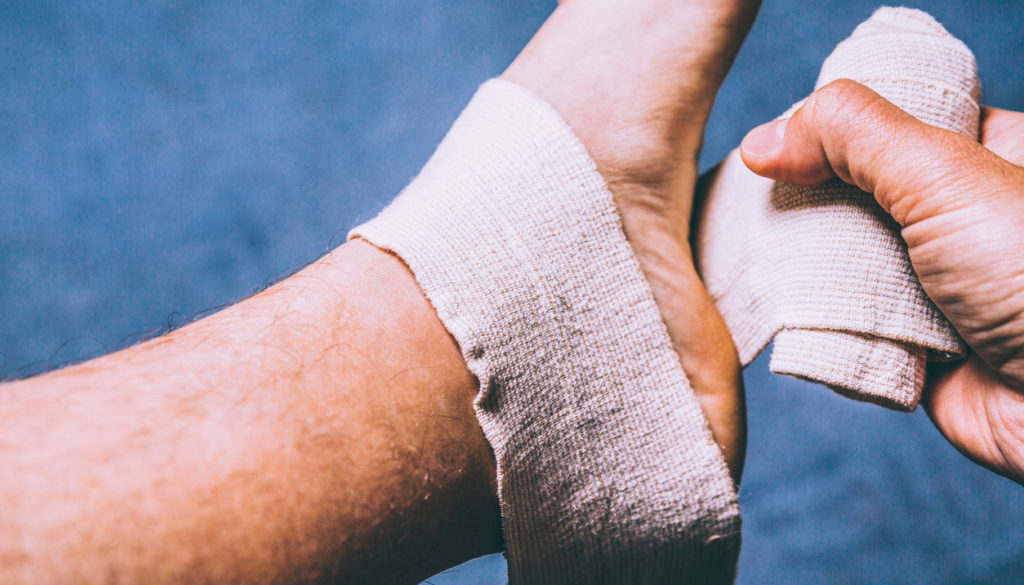
One of the best things about running is the way it embraces athletes of all levels, abilities and ages.
However, such an open-door policy can result in an increase in the chances of injury and ill health in participants, whether due to lack of physical fitness, a pre-existing injury or an undiagnosed medical condition. That is why the British Red Cross has launched the #UpYourGame campaign, targeting runners and event organisers to raise awareness and educate in effective, possibly life-saving first aid.
“We undertook a survey of runners to see how they would deal with accidents or emergencies when racing or training,” explains Tracey Taylor, First Aid Education Development Manager with the British Red Cross. Of the 912 regular runners questioned, over half (58%) said they would not have the confidence to help their running partners in a first aid emergency. “We found that 90% of runners surveyed said they would like to learn first aid or improve their first aid knowledge,” adds Taylor.
Better safe than sorry
Key to the Red Cross campaign is to emphasise the unlikelihood of any first aid training ever being needed on runs. But knowledge is power and knowing how to deal with a medical emergency, no matter how big or small, is a benefit – whether you’re wearing your running shoes or not.
This need to keep serious running injuries in perspective is echoed by other branches of medical care, too. “Traumatic injuries and incidents of cardiac issues among runners are exceptions,” explains James Vickers, physiotherapist at the Centre for Health and Human Performance. “When they do occur, they’re big news, simply because they’re so uncommon. Runners are generally more likely to suffer strains or sprains during an event, or ligament or muscle issues over the longer term, than anything severe.”
Know the Symptoms – Heat Exhaustion
“Your pulse quickens and your skin becomes flushed, more so than just a regular heightened reaction and adrenalin flush,” explains Luke Tester, 22, a medical school student from Buckinghamshire.
Fortunately for Luke, a training run didn’t turn to disaster as his experiences as a St Johns Ambulance volunteer stood him in good stead. “I’ve assisted many victims of heat exhaustion; I know what the signs are. If you don’t stop and start cooling yourself down it can turn very nasty. One guy I treated, although his eyes were open, was totally unresponsive.
He had a fast, bounding pulse and hot, flushed, dry skin. Another runner I treated was collapsed on the ground, delirious, thrashing around and shouting words and phrases that made no sense in the context. His skin was hot to touch and very dry, and he also had a fast and bounding pulse.
“I know from experience that once your body hits the temperatures (around 41°C) where heat exhaustion occurs, you need to use ice packs under the arms and in the groin to rapidly cool the body and prevent further damage.”
Medics also use cool intravenous fluids, which help reduce the temperature in the bloodstream, and good old cold water poured on the hot spots helps to keep removing heat. “With all these intensive measures, their temperatures came down fairly quickly and they both regained normal consciousness within 30 minutes.”
What to do: Heat exhaustion is caused when the body loses too much water and salt through excessive sweating. Help your running partner to lie down in a cool, shady place. Give them plenty of water to drink. Oral rehydration salts or isotonic drinks will help with salt replacement. Keep an eye on the person and call for help if their condition worsens.
Suspected heart attack
“In a way, I couldn’t have been luckier,” explains Mark Hawthorne, 46, from Derby. “There was a team of doctors and nurses from Glenfield Hospital running in the same race (a Derby Cross Country League event at Allestree Park).”
Mark blacked out and collapsed half-a-mile into the race. “I’d had no issues beforehand and training had gone well. I had no cause for concern. The next thing I knew I was coming round and covered in mud. I’d had a cardiac arrest.” The medics taking part in the race, including Dr Ruth Green, performed lifesaving CPR to revive Mark. “It’s a very simple technique, and in those first three minutes from the heart stopping it’s critical,” Dr Green explains.
What to do: If you are running near or with the person, you may see them stop suddenly and fall. They will not respond or move when you call their name or gently shake their shoulders.
Check if they are breathing by tilting their head backwards and looking and feeling for breaths.
Call 999 immediately or get someone else to do it.
Give chest compressions and ask someone to get an automated external defibrillator (AED) as soon as possible. Anyone can use an AED. Many public places such as sports centres now have one available. The machine will only shock someone if they need it – it would never shock a healthy heart.
Sprain or break
“I finished the London Marathon 2016 with a broken foot,” says Paul Chandler, 46, from Sunbury-on-Thames. “I was dressed as Iron Man and a couple of miles in I skidded and felt everything jar round my left ankle. It was so loud that the guy running next to me heard it and remarked, ‘Your leg’s just cracked!’
Paul continued to run, unaware of the extent of the damage he’d suffered. “It began to swell and although I tried to maintain a sub-four hour pace, by around 15K it became painful. I was really sweating, but shivering and feeling cold despite being very hot beneath the costume. A mix of adrenalin and stubbornness kicked in.
By the 35K point I had to stop. I took off my mask and looked down to see there was no discernible difference between the lower leg, ankle and foot – it was all one big swollen lump.”
The advice of the Red Cross, James Vickers and anyone who’d been with Paul on the day would have been to stop running, relieve the weight and pressure on the ankle and seek medical attention immediately. Not that Paul would’ve listened. “I just ploughed on through to the end,” he says, “Even though I felt physically sick, I wasn’t going to stop.” Even at the finish line, where the paramedics immediately advised him get an ambulance to A&E, he was reluctant.
“I knew that trying to get through Central London traffic that day would be a nightmare. We cobbled together a bundle of ice around the swelling and I sank a couple of beers while waiting for the crowds to clear.” (This course of action is obviously not endorsed by MR or The Red Cross).
In hospital it was confirmed that he’d broken his calcaneus (heel bone), two tarsals and also torn ligaments in his ankle, too. “I spent 10 weeks in an ‘air boot’ cast and it was seven months before I could run properly again.” At least the experience has taught Paul a lesson for the future: “If it happens again, I’ll definitely stop and get first aid straightway.”
What to do: It’s also extremely rare for a runner to suffer a break or fracture on a regular road route or a trail. But it’s not wholly unheard of, even among experienced pavement pounders.
Get the person to rest the injured part of their body in a raised, comfortable position. Symptoms will be pain, swelling and/or bruising round a joint or muscle. They may have difficulty moving the limb. An ice pack that can be moulded to the shape of the body will be more effective at cooling the injury. Apply it for no longer than 10 minutes. Anything over 10 minutes can cause damage to the skin. To differentiate between a broken bone, strain or sprain – an X-ray will be needed.
Visit Red Cross for free first aid advice for runners. Thanks to Cardiac Athletes and the British Heart Foundation.

